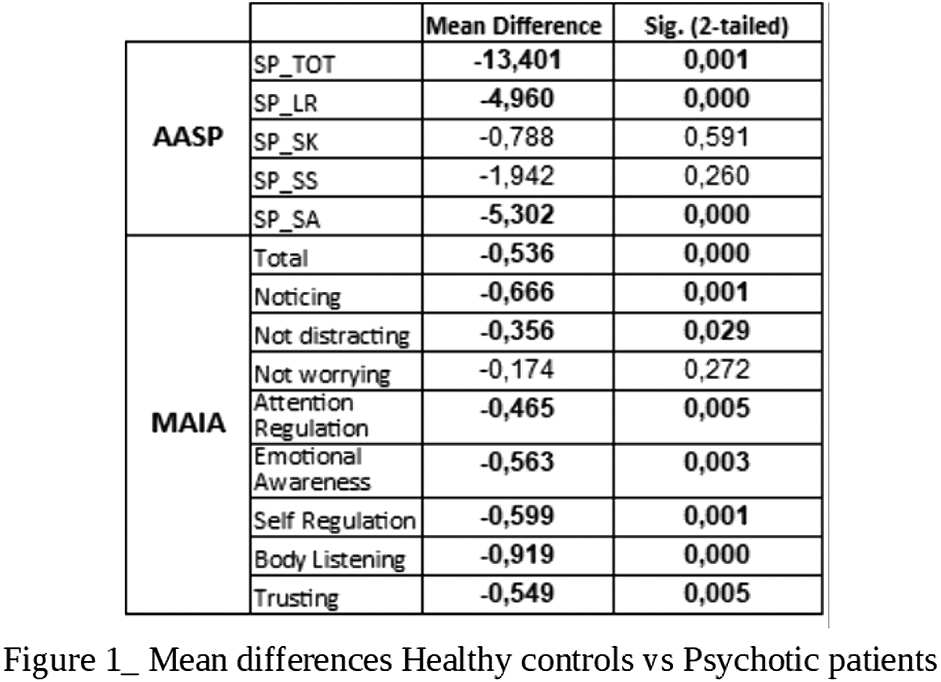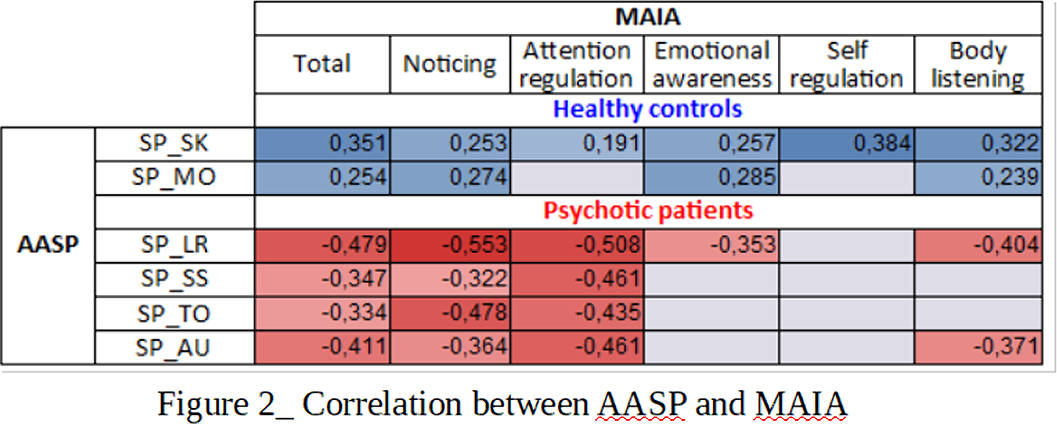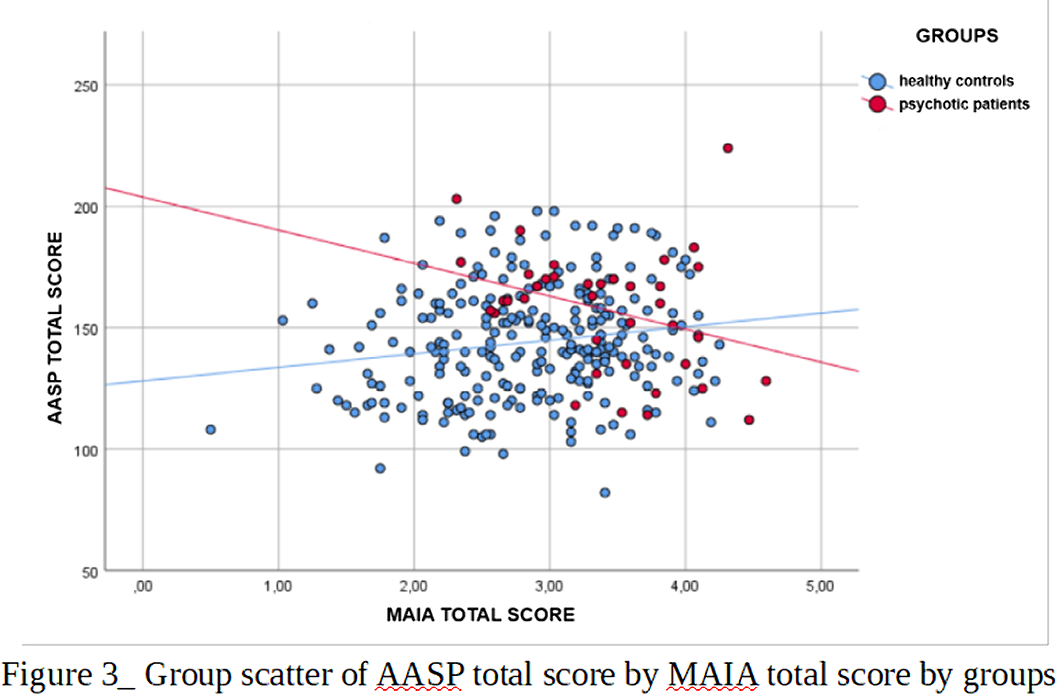The mediational sequence from body dissatisfaction through dieting to bulimia—often referred to as the “restraint pathway”—has been validated in numerous samples of adolescent girls, but the prevalence rate of bulimic pathology pales in comparison to rates of body dissatisfaction and dieting in this risk group. This discrepancy indicates that the restraint pathway may only apply to adolescent girls possessing certain characteristics or experiencing certain circumstances. Accordingly, the current study examined the moderating roles of thin-ideal internalization, interoceptive deficits, and age by using self-report data from a community sample of 353 middle school (n = 115), high school (n = 112), and college girls (n = 126). We found that (a) body-dissatisfied girls who reported high, versus low, thin-ideal internalization engaged in greater dietary restraint; (b) only dieters who reported high interoceptive deficits and were of college age expressed bulimic symptoms; and (c) the mediating effect pertained only to college girls with high interoceptive deficits, but was strongest for those who reported high, versus low, thin-ideal internalization. These results suggest that the restraint pathway's precision may be fine-tuned through greater sensitivity to potentiating factors and developmental context. Theoretical, empirical, and practical implications are discussed.




